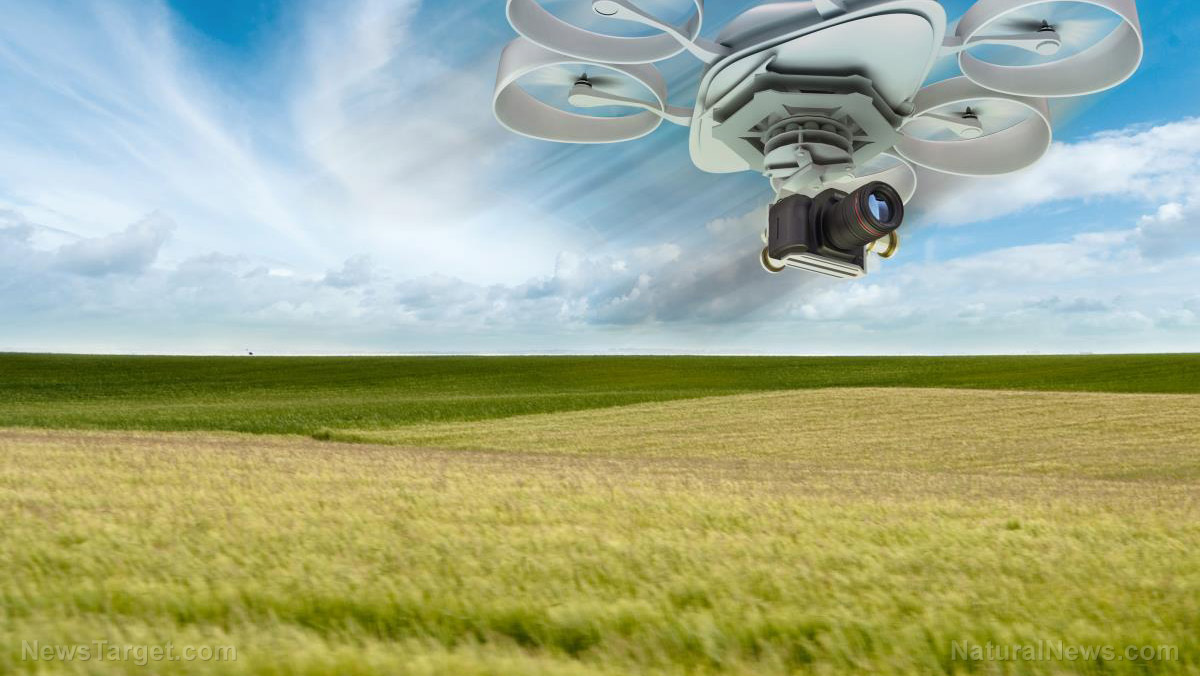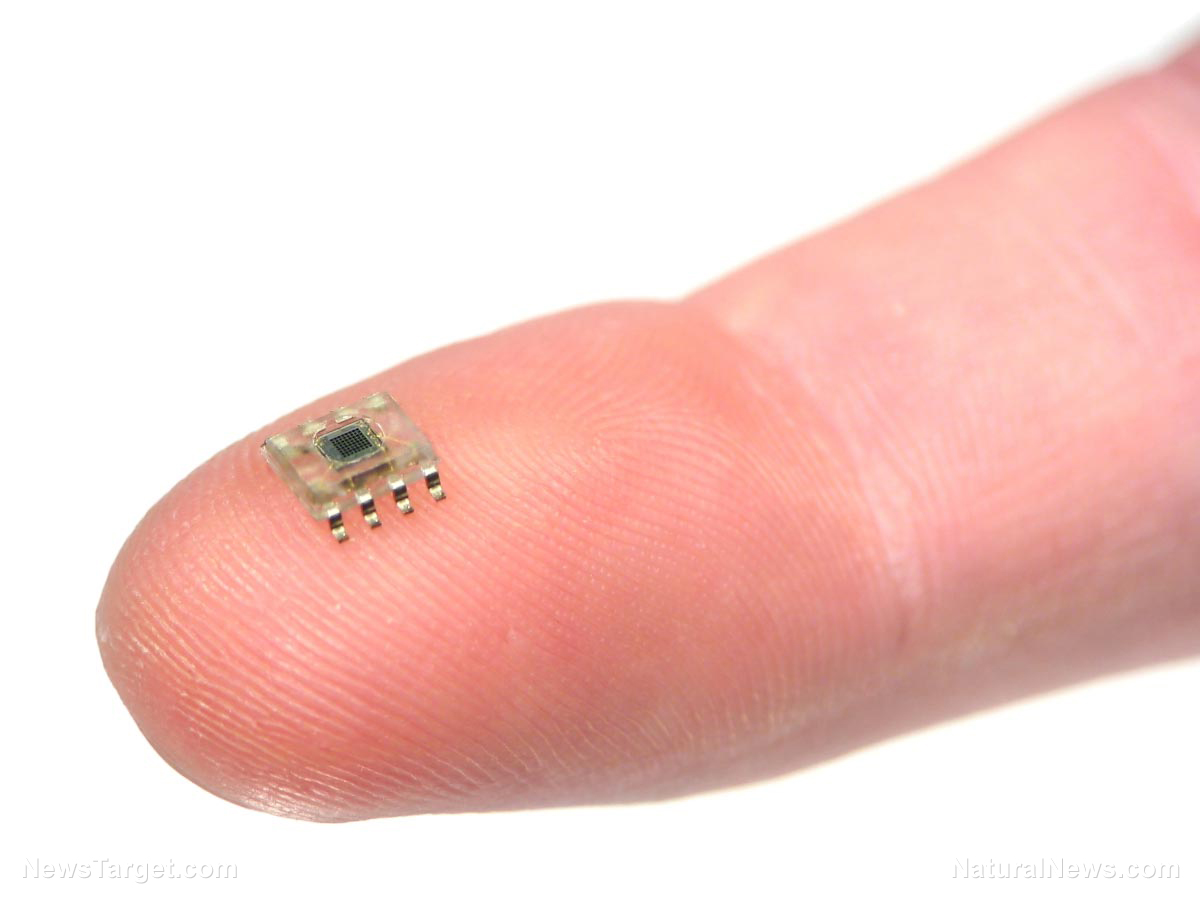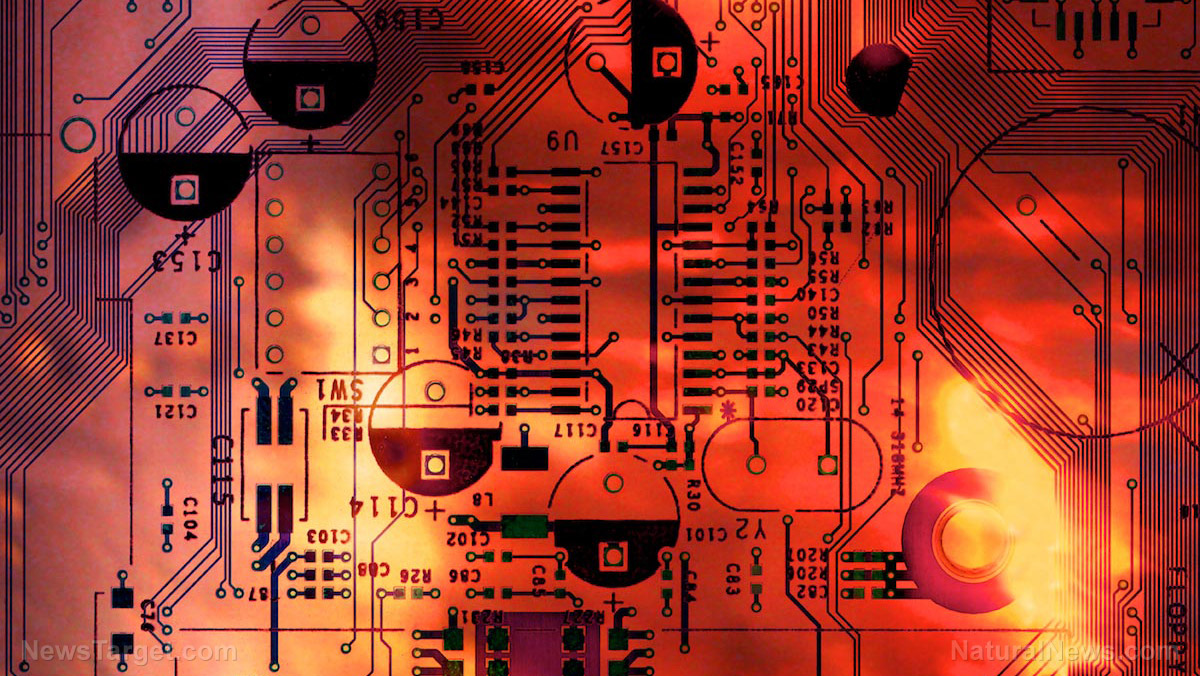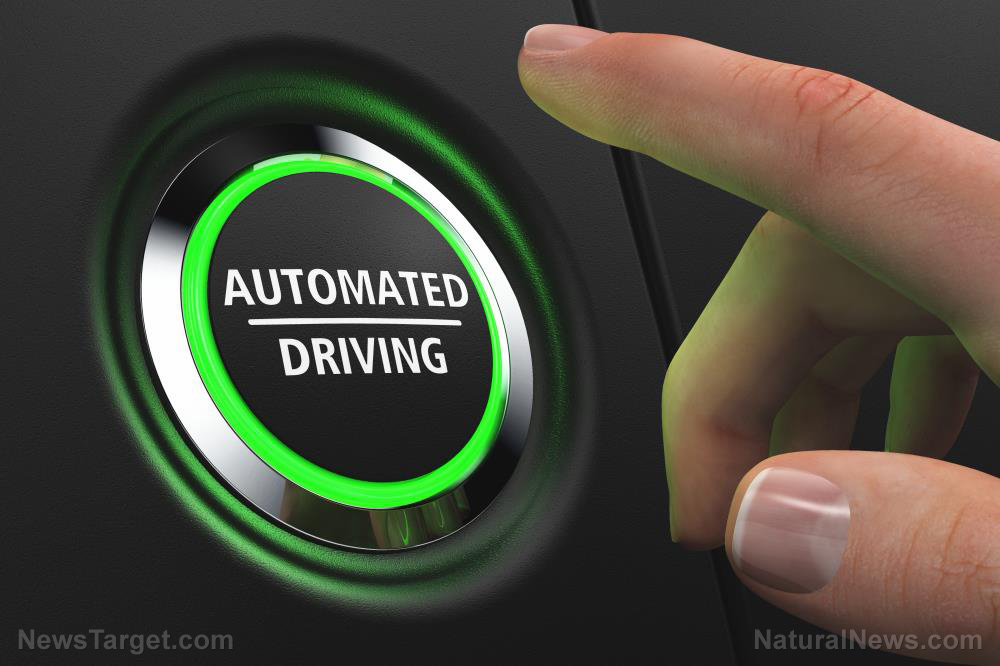Brooklyn-based startup teams up with DOE to develop wireless charging technology for electric vehicles
09/06/2021 / By Mary Villareal

The Department of Energy‘s Oak Ridge National Laboratory (ORNL) has licensed its wireless charging technology to Brooklyn-based company HEVO. The system provides high-power levels that could one day enable electric vehicles to be charged as they are driven at highway speeds.
HEVO intends to continue working with ORNL on this technology to increase the power levels and efficiency of existing charging techniques.
Xin Sun, the associate laboratory director for energy science and technology at ORNL said that highly efficient wireless charging is a breakthrough technology that can alleviate EV range anxiety and facilitate efforts to decarbonize the transportation sector. “We are excited to see another one of our technologies move into the private sector where it can create new green jobs and support the nation’s clean energy goals,” he said.
The license granted covers ORNL’s unique polyphase electromagnetic coil that delivers the highest power density of 1.5 megawatts per square meter, which is eight to 10 times higher than the technology available today. This surface power density also supports higher power levels using thinner, lighter coils, which effectively resolves the issue of adding range-sapping weight to electric vehicles.
Part of the license is ORNL’s Oak Ridge Converter, which eliminates the power conversion stages needed for wireless power transfer that allows for a more compact stationary infrastructure.
The technology enables fast hands-free charging as well as in-motion charging, which will be useful for vehicles driving at interstate speeds over specially-equipped roadways.
HEVO will be working with ORNL to develop the technology further, such as making it ready for commercial manufacturing.
Jeremy McCool, HEVO founder and CEO, noted that EV charging must be simple, seamless and safe to accelerate mass adoption of the technology. He noted that HEVO’s collaboration with ORNL utilizes the company’s strength in designing, developing and commercializing wireless charging technology and software.
The DOE set a goal of developing hands-free, automated wireless electric vehicle charging technology that is at least as fast as conventional refueling — after all, it is seeking to decarbonize the transportation sector. Furthermore, high-power charging encourages buy-in by consumers who are concerned about driving range and the availability of charging infrastructures.
In wireless charging, EV batteries are energized when vehicles are parked over a charging pad or driven over specially outfitted roadways while power is transferred across an air gap between magnetic coils that are either embedded in the ground or installed on the car.
Addressing range and infrastructure challenges
Very high power levels are important for practical charging. Most of today’s commercially available light-duty EVs have battery packs rated from 30kWh to 60 kWh, while higher-end, longer-range EVs come with 100 kWh battery packs. To charge these within 15 to 20 minutes requires a 300-kW charging system while targeting an even faster 5 to 10-minute charge time means power that should be scaled up to half a megawatt or more. (Related: Study: 1 out of every 5 California electric car owners switching back to gas.)
Heavy-duty vehicles like electric semi-trucks, meanwhile, would require battery packs with several kWh energy storage capacities, which would require megawatt-level charging.
Burak Ozpineci, section head for Vehicle and Mobility Systems Research at ORNL, noted that opening new parts of the transportation sector to electrification is a key benefit to charging technology. “It’s not just about charging your vehicle really fast. It’s also about being able to convert to electricity long-haul trucks, which burn a significant portion of the vehicle fuel used in this country,” he said.
The Oak Ridge Converter will be part of the TCF project that is included in the HEVO licensing agreement. The converter design reduces weight, volume and size of the stationary, grid-side infrastructure by as much as 50 percent. This means that one could park another vehicle in the space saved and there would be less construction necessary for embedding charge pads under roadways or parking spots.
“With ORNL’s advancements, wireless charging is becoming more feasible, practical, and safe,” Omer Onar, leader of the ORNL Vehicle Power Electronics Research Group said.
Read more studies on electric vehicles at RoboCars.news.
Sources include:
Tagged Under: breakthrough, Department of Energy, discoveries, electric cars, future tech, HEVO, innovations, inventions, rechargeable vehicles, science and tech, vehicle charging
RECENT NEWS & ARTICLES
COPYRIGHT © 2017 FUTURETECH.NEWS
All content posted on this site is protected under Free Speech. FutureTech.news is not responsible for content written by contributing authors. The information on this site is provided for educational and entertainment purposes only. It is not intended as a substitute for professional advice of any kind. FutureTech.news assumes no responsibility for the use or misuse of this material. All trademarks, registered trademarks and service marks mentioned on this site are the property of their respective owners.





















